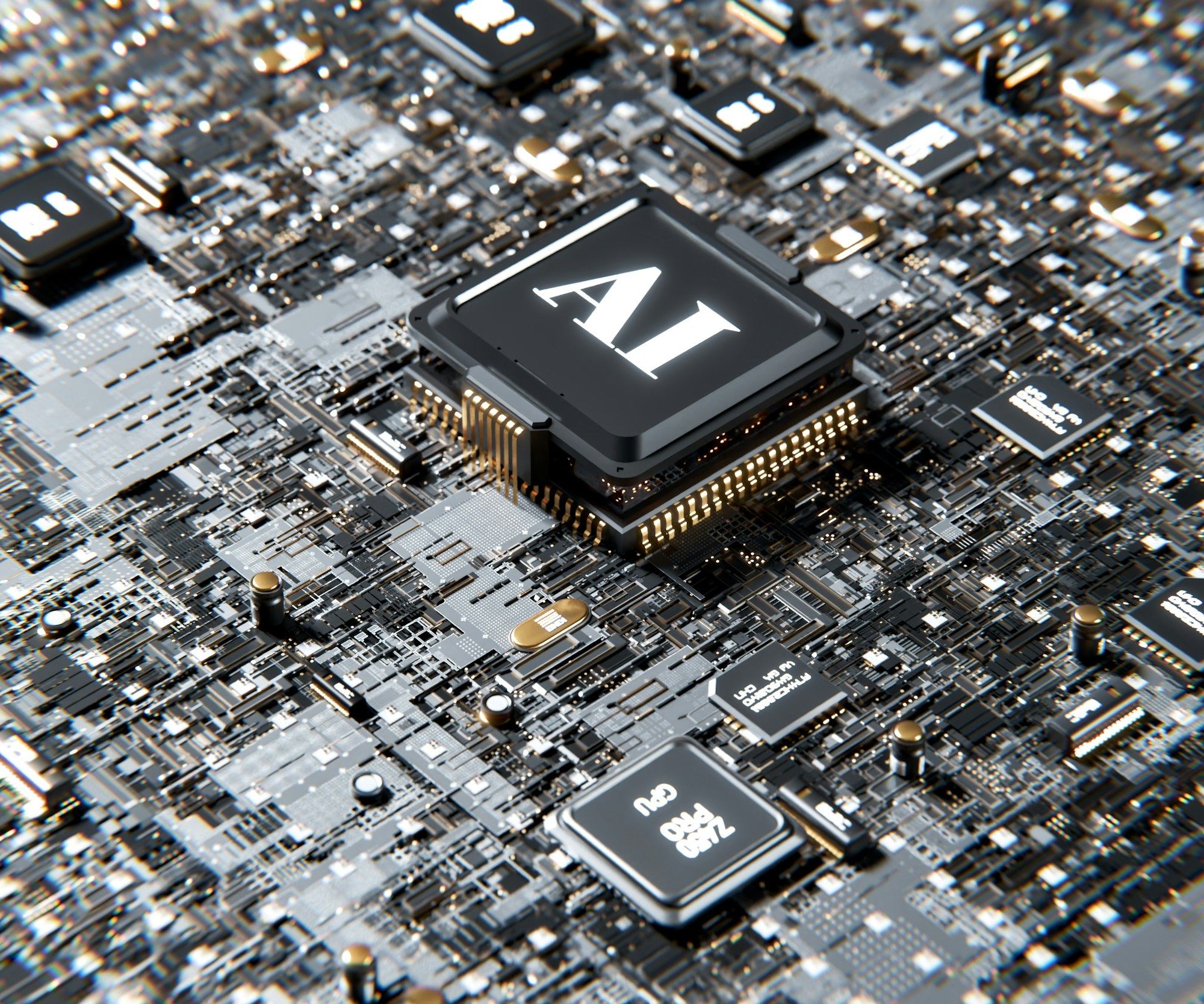How AI is Good for Horizontal Technology Applications

AI's Transformative Power: Horizontal Applications Across Industries
We use AI to create chatbots. And we just released the Voice AI. But, artificial intelligence (AI) is not just about creating chatbots, smart home devices, or self-driving cars. The capabilities within AI's vast toolkit are transforming industries in unique and innovative ways. Here, we'll explore the concept of horizontal applications for AI, focusing on three core domains: text AI, video AI, and voice AI. We'll uncover how these technologies are reshaping how we work and communicate across various sectors.
Text AI: Unlocking Insights and Streamlining Processes
Text AI, including natural language processing (NLP) and generation (NLG), empowers machines to understand and manipulate human language. This has far-reaching applications:
- Customer service: AI-powered chatbots can provide 24/7 support, handle common inquiries, and route complex issues, ultimately improving customer experience and reducing agent workload.
- Marketing and sales: Tools analyze sentiment in customer feedback, tailor personalized messaging, and forecast potential market behaviors.
- Document automation: AI extracts crucial information from contracts, summarizes legal documents, and even generates reports and summaries – freeing up time for professionals across industries.
Video AI: Visual Analysis at Scale
Video AI brings the power of machine vision to analyze and interpret video content. Use cases include:
- Security and surveillance: AI algorithms can detect anomalies in security footage, identify potential threats, and enhance safety protocols.
- Retail and manufacturing: Analyze customer behavior in stores, optimizing product placement and maximizing sales. It can also monitor production lines for defects and streamline workflows.
- Healthcare: Assist with medical image analysis, improving diagnostic accuracy and potentially aiding earlier disease detection.
Voice AI: Redefining Human-Machine Interaction
The ability for machines to understand and respond to human speech through voice AI is changing the game:
- Smart home and virtual assistants: Control lights, set reminders, and play music – all with a voice command.
- Accessibility: Voice-to-text and text-to-voice capabilities are empowering individuals with disabilities to interact with technology.
- Call centers and customer support: Voice AI can handle routine inquiries, route complex calls, and assist agents with real-time insights.
The Power of Combining AI Modalities: Where the Magic Happens
The true transformative potential of AI lies in combining these modalities. Imagine a real estate agent using an AI assistant that:
- Analyzes client conversations (voice AI) to identify specific housing preferences.
- Generates property descriptions (text AI) tailored to those preferences.
- Creates virtual tours (video AI) highlighting features aligned with the client's interests.
This integrated approach streamlines processes, delivers enhanced customer experiences, and boosts agent productivity.
The Future of AI is Horizontal
The examples above only scratch the surface of what's possible. Looking ahead, we'll see AI's horizontal applications across diverse industries, from healthcare and finance to education and the arts. AI won't just exist in specialized silos but will become an integral part of workflows and operations, unlocking new levels of efficiency, innovation, and customer-centric experiences.

